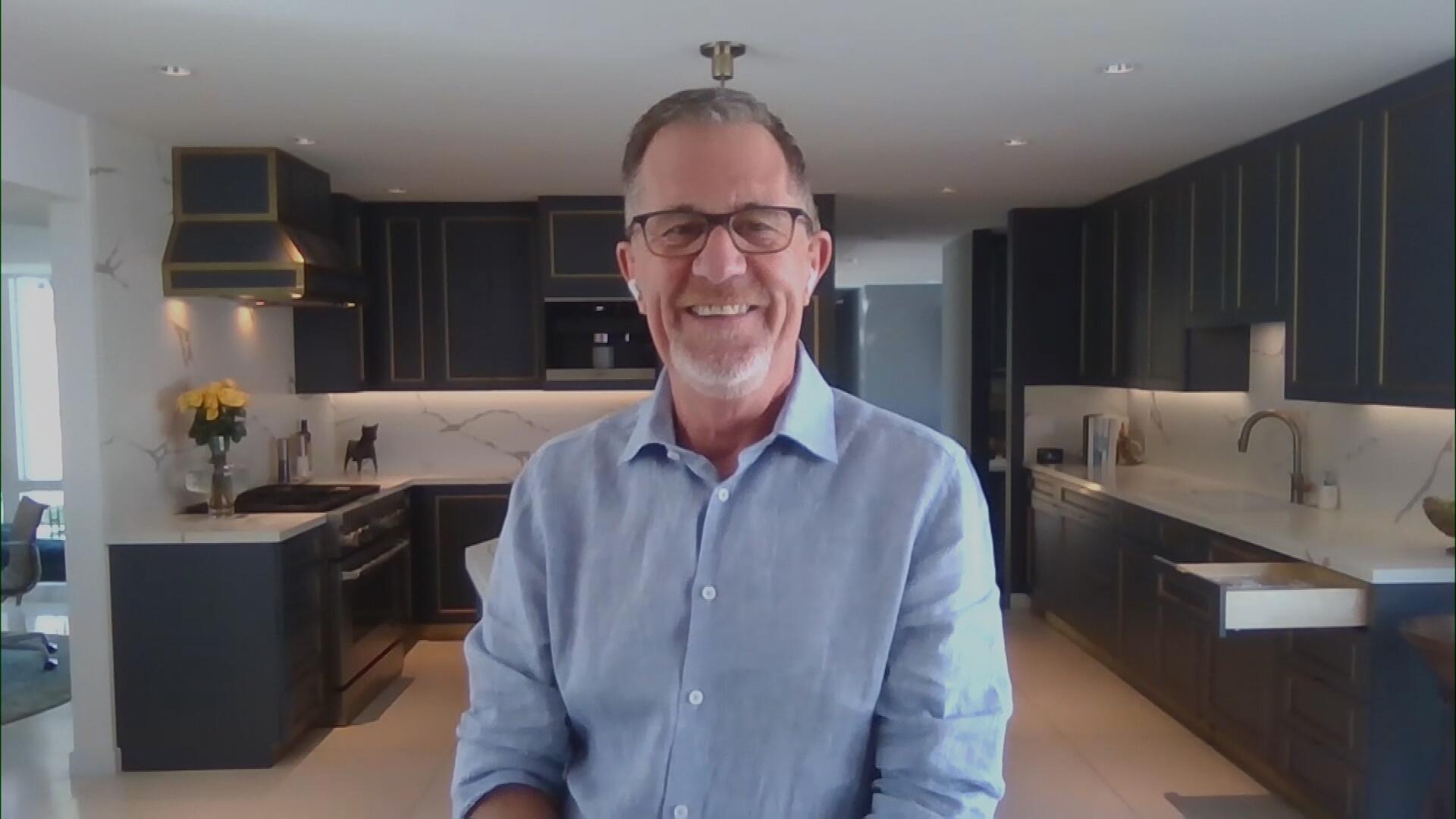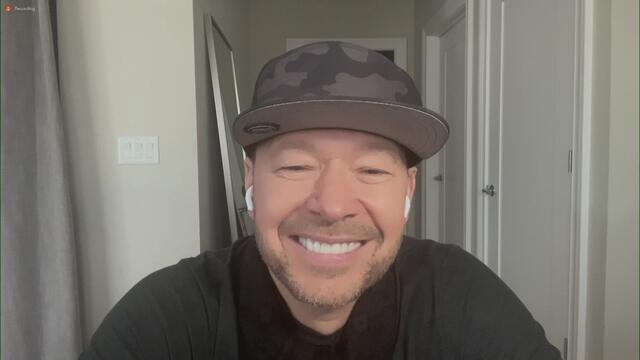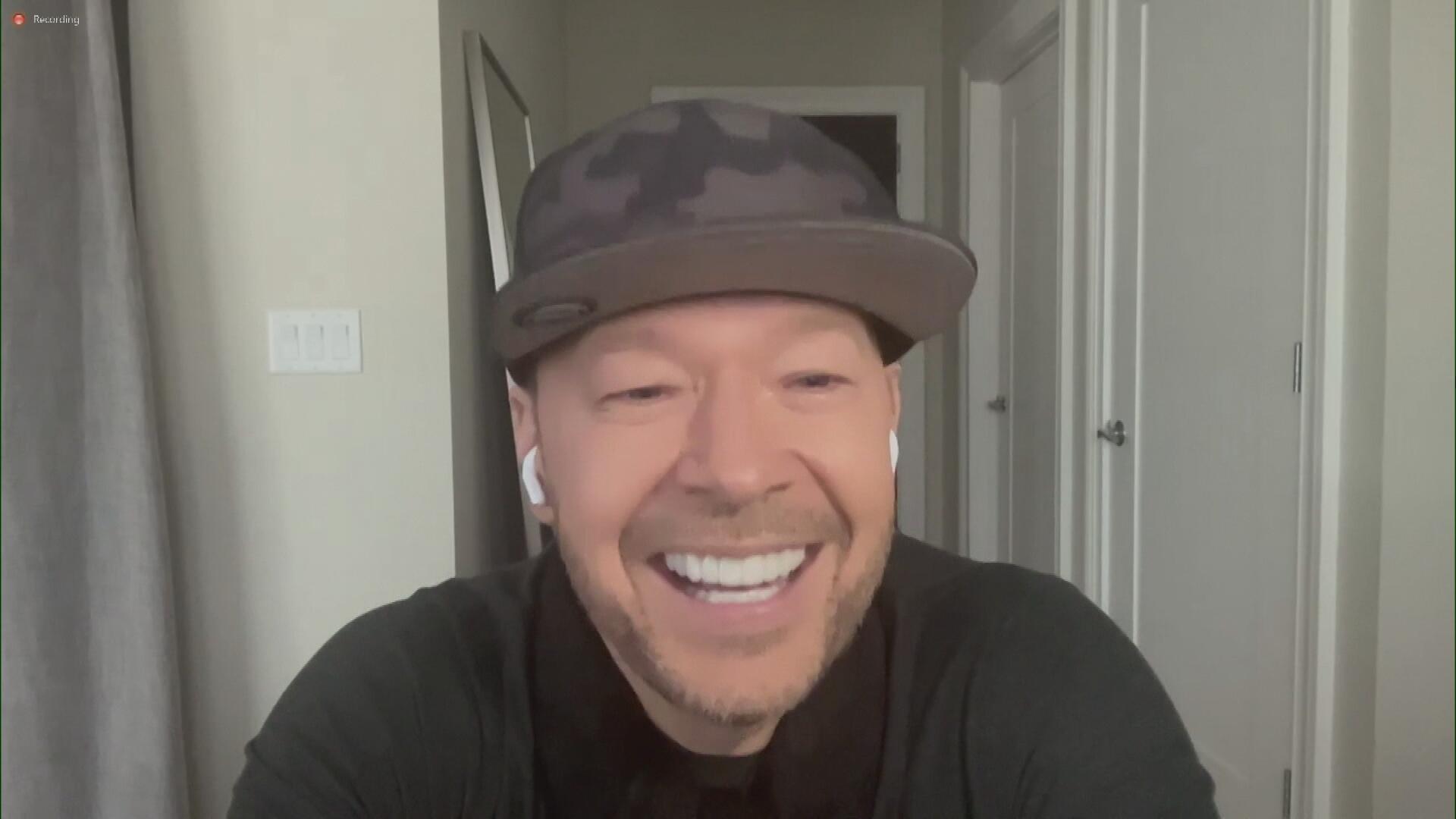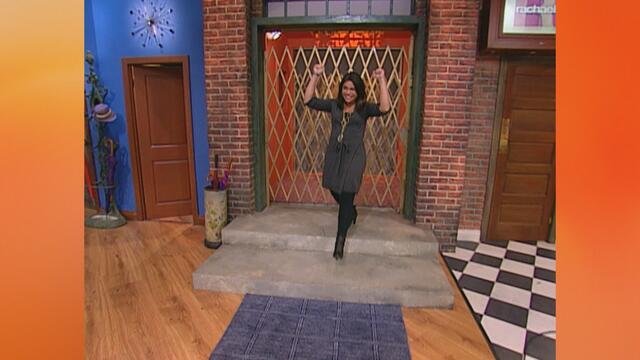

DIY or Don't? Answer These 3 Questions First | HGTV Star Chip Wa…

Q&A with Organizational Pro Peter Walsh + Dermatologist Shares A…

Actor Hank Azaria + Freezer Meals + Artichokes 2 Ways with Rach

See Inside Barbara Corcoran's Stunning NY Apartment + It's Steak…

How to Make Chicken and Lobster Piccata | Richard Blais

Donnie Wahlberg Spills Details About NKOTB's First Ever Conventi…

Donnie Wahlberg + Jenny McCarthy Say Rach Is Such a "Joy" + Look…

The Best Moments From 17 Seasons of the Show Will Make You Laugh…

How to Make Crabby Carbonara | Rachael Ray

Rach Chats "Firsts" In Flashback From Our First Episode Ever In …

How to Make Apple-Cider Braised Pork Chop Sandwiches with Onion …

Rach's Chef Pals Say Goodbye to Show in Surprise Video Message

How to Make Sesame Cookies | Buddy Valastro

How to Make Tortilla with Potatoes, Piquillo Peppers and Mancheg…

How to Make Shrimp Burgers | Jacques Pepin

How to Make Spanakopipasta | Rachael Ray

Andrew McCarthy Chokes Up Discussing Emotional Trip to Spain wit…

Celebrity Guests Send Farewell Messages After 17 Seasons of the …

Celebrity Guests Send Farewell Messages After 17 Seasons of the …

Andrew McCarthy Teases Upcoming "Brat Pack" Reunion Special

Michelle Obama Toasts Rach's 17 Years on the Air With a Heartfel…
According to celebrity designer and expert craftsman Chip Wade, not everyone is capable of every DIY — and that's OK! (Rach was happy to hear that she's not alone as a self-proclaimed "D-I-Don'ter." ?)
The HGTV star shares three simple questions to ask yourself before starting a DIY home improvement project to help determine whether you should wait on the project or hire a pro instead.
RELATED: DIY or Hire a Pro? A Guide to Which Home Improvement Projects You Should and Shouldn't Do Yourself
1. Can I do it in two consecutive weekends?
It's important to know your capabilities, but also consider your timeframe, Chip says. If you don't have the time to dedicate to a project in order to finish it in two consecutive weekends, you might not want to take it on.
"You're going to lose motivation, your craftsmanship level is going to start to fall and you're going to end up, like most people, with unfinished projects," he says.
2. Am I willing to lose money?
If you haven't done this kind of DIY before, especially if it's going to be a big financial investment, evaluate whether you're willing to lose money if it doesn't work out.
3. Is it a plumbing or electrical project?
Sometimes it makes more sense to just leave it to the professionals. Depending on the project, you might even SAVE money by hiring a pro from the get-go. If it's a plumbing or electrical job, you don't want to end up having to hire someone to fix a mistake you made and to complete the original task. Plus, as Chip points out, plumbers and electrical professionals "are licensed and insured — so if something does go wrong or if there's a fluke and something happens by accident," you're covered.
Sometimes the best plan of action is actually a combination of the two — DIY and hire a pro. One example of this is refinishing your cabinets.
REFINISHING YOUR CABINETS: DIY OR DON'T?
Chip says that the kitchen is a great place to start your DIY journey in a brand-new house. And while cabinetry and appliances are the two most expensive spots you're going to address in the kitchen, he says there are ways to save money.
"If your cabinet boxes — not the doors — but the boxes are in pretty good shape, refinishing them is a great option," Chip says. He suggests doing the prep work yourself, then hiring a pro to actually finish the cabinets.
WHAT TO DO YOURSELF
People tend to think they can save money by painting cabinets themselves, but Chip explains that while this might be cheaper, it will likely end up costing you more down the line.
"A great cabinet finish is oftentimes a sprayed finish with a material called lacquer — it's very, very resilient," he says. "If you're just doing it with a latex out of a paint bucket, you're going to end up having to refinish those very soon."
"The DIY portion is the prep," he continues. "What we're going to do is take off all the doors."
Use a drill to take off all the hardware (this is a two-person job, because one person will need to hold the doors!), then use painter's plastic and painter's tape to mask off the inside of the cabinets. You want to protect the inside of the cabinets when you're sanding. Sand the face frames (meaning the front part that the door mounts on and the outside of the boxes).
WHAT TO LEAVE TO THE PROS
Now, bring in a professional. "You're going to get your painting costs down in the couple of thousand dollar range," Chip says. "You don't want to pay a professional just to do tons of prep work. You can do that yourself — there's nothing to mess up."
Watch the video above to see Chip demonstrate the DIY portion of the project. (Trust us, it's actually easier than it sounds!)


